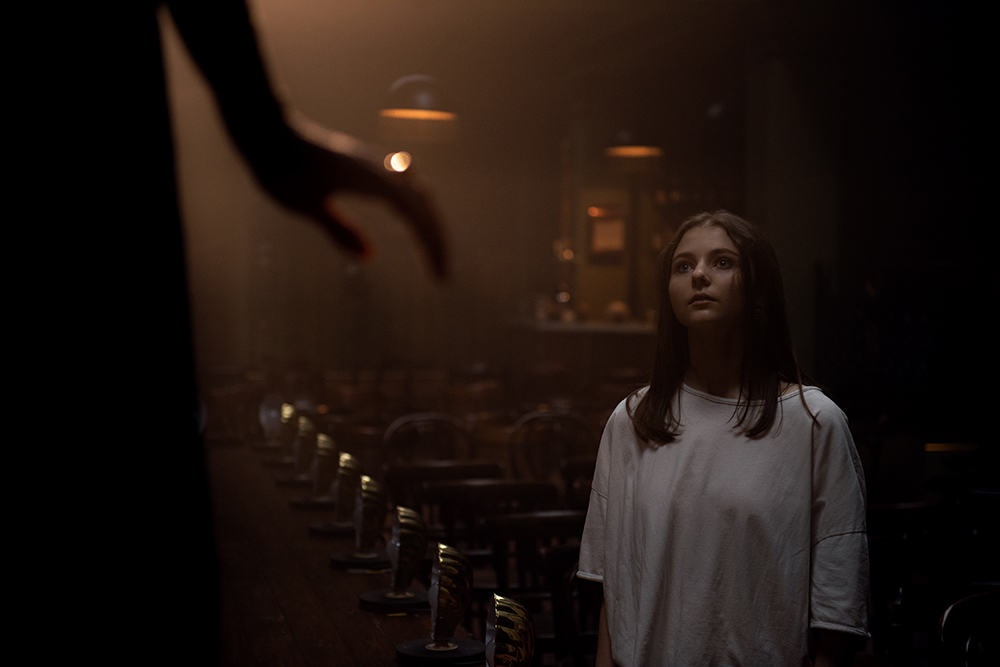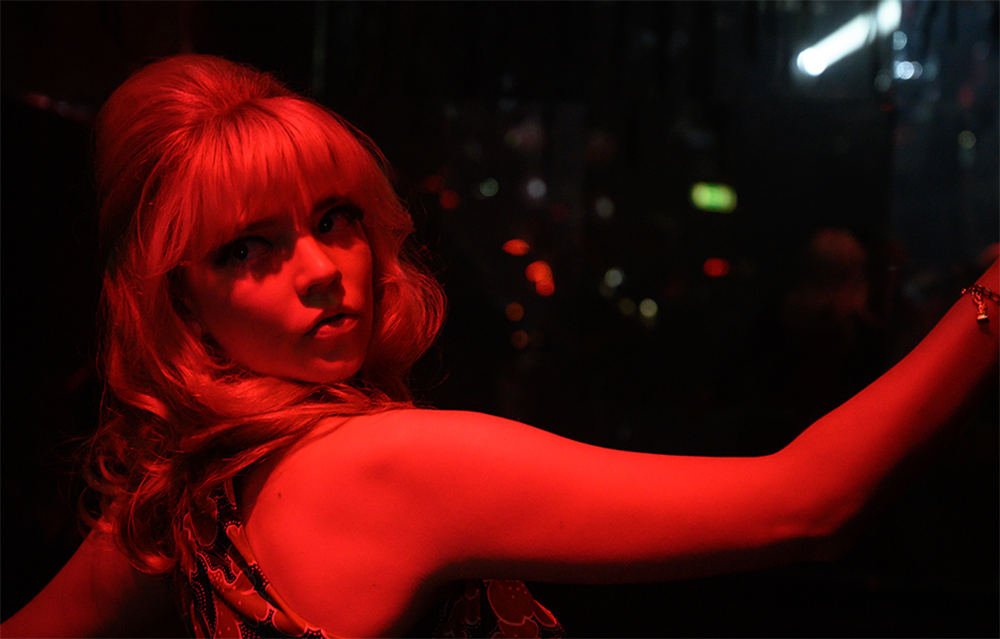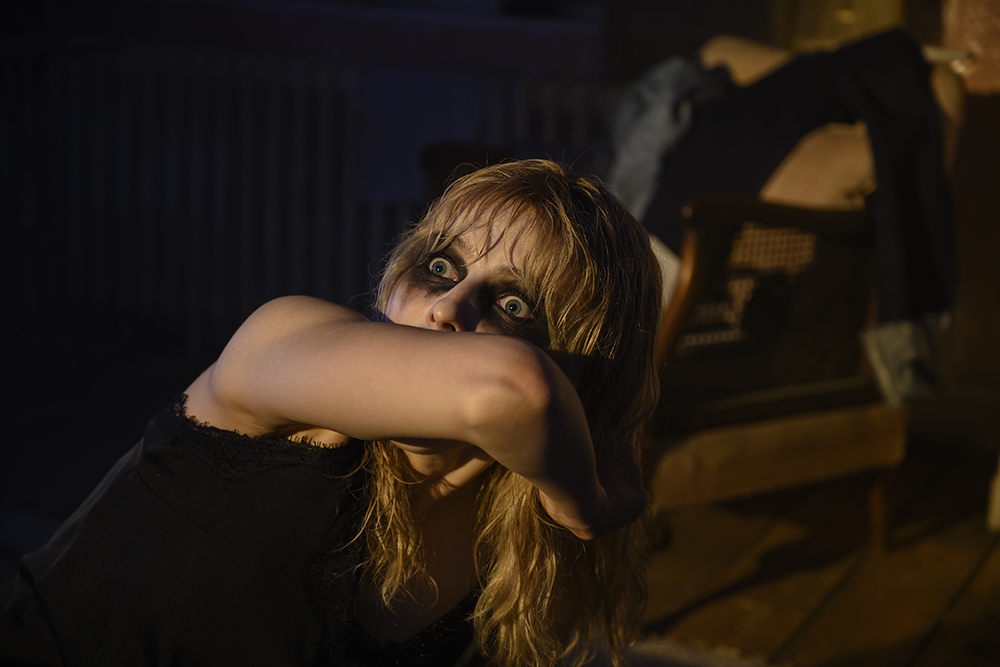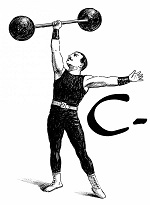Edgar Wright’s “Last Night in Soho” has a killer soundtrack, Giallo references, a magnetic ‘60s style that fizzes and pops, and a good performance by Thomasin McKenzie; however, the last act ruins the fun. As the story keeps evolving, the more tedious it gets.
It is evident that Edgar Wright is a fanatic-filmmaker. All of his films contain some sense of fanatism, just like Tarantino with his self-indulgent refences and easter eggs. He has a manner to over-stylize things, which cause an un-suave effect on his pictures. Most will know him mainly for his Cornetto trilogy, which consists of “Shaun of the Dead” (2004), “Hot Fuzz” (2007), and “The World’s End” (2013). however, my props goes to his good ear for a jukebox, a skillset not many directors to have. After realizing his documentary, “The Sparks Brothers” earlier this year, he delivered “Last Night in Soho.” Unfortunately, his latest feature has something that unfortunately ruins the fun. And that is a poor third act.
The film centers around Eloise (Thomasin McKenzie), a ‘60s-obsessed woman studying fashion at the prestigious London Academy. As her peers and other cliques exclude her, she retreats from her dorm to a flat in Soho. As she dreams and fantasizes about her future, she becomes intertwined with Sandy (Anya Taylor-Joy), a singer living in 1966. Sandy is being promised stardom by a suave night owl named Jack (Matt Smith). When things turn left, Sandy dwells into the demimonde, and Eloise has nocturnal wanderings. Both traumas start to overlap each other in a venture of both past and present.

It is the story of two individuals who are complete opposites but share some traumatic events. As one is lonely and shy, the other is vibrant, elegant, and coquettish. Not only are their personalities different, but the film has a degree of separation between them. For example, the first time Eloise travels through time, she is wearing his pajamas, while Sandy is wearing a gorgeous dress, which then serves as inspiration for Eloise.
As Eloise spends more time in the past playing the part of Sandy, she notices that it is not all glitz and glamour, that there is indeed a darker and grittier side to the place she wishes. It is all a game of delusion and transparency. One sees what they want to know until they notice the reality of it. That is what happens with the main character; she is basically a mirrored version of the person she begins to idolize.
It is a hall of mirrors, and not everything is what it seems. As she notices the darker side of Soho and the truth behind Sandy’s life, she begins to lose her mind. Her mental health creeks, and it shivers onto wanting the complete truth. As reality and illusion blend collectively, she doesn’t know what’s real, yet Eloise still copies her looks and maneuvers. She even goes blonde just to match. Things come to “fruition” when she learns more about that mysterious and smooth “gentleman,” Jack.
I won’t go more into details because it would spoil the fun. However, once the reveals its twist, it is ridiculous as sin. Not in a way that it completely baffles you, but lowers the bar of the film completely. The last act structures itself poorly and in a creaky manner. The build-up toward these climax hints at catastrophe, both for the characters involved and the narrative itself. The script suffers once the last act arrives, and you wish it could have gone in a better direction than what it does. Because, overall, the first two acts are indeed substantial. Some decisions are questionable.

Those aren’t the only problems; the “real world” is a bit irrelevant; you just want the swinging ‘60s vibes to pour what’s left of the fizzy champagne fun so then it could go into a psychological thriller way. The scenery elevates those initial moments; “Thunderball” (1965) showing in the cinema, the ‘60s tunes, the delightful dresses, the shining lights, it is all delightful. You just wish that magic of filmmaking and transporting you to a different time stuck all concurrently front and back. Sadly, it doesn’t.
The horror elements are so-so, although seeing all the references and picking them apart is more fun than the movie itself. The Giallo style is perceptible to the eye, just by visiting the multitude of color splashes in many shots. There is a bit of Dario Argento’s work, like “Suspiria” (1977), “Opera” (1987), “Phenomena” (1985), Polanski’s “Repulsion” (1965), Nicolas Roeg’s “Don’t Look Now” (1973), and a dash of Mario Brava. I have always wanted Wright to make a full-blown psychological horror film since he is a big fan of the genre. By the references, it is noticeable. But being a fan doesn’t make you the right fit to make such movies. Wright makes some significant decisions in the thrilling elements that go insane and straight to the neck, albeit some feel like some flair was missing.
The performances are one of “Last Night in Soho’s” best assets. It has two starlets taking over Hollywood, and I enjoy watching them in Thomasin McKenzie and Anya Taylor-Joy, and the late Diana Rigg. McKenzie shines, and I loved her makeup during the latter end. Taylor-Joy swings and sings her way into success, and Rigg steals a couple of scenes from the two. Although their characters are not perfectly written, their performances are pretty strong, and they uplift the flaws in the script.
With great talents attached and Wright directing, this was bound for great success. I wanted to like this more than I did, except I couldn’t resist the fact that the last act was frustrating and disastrous. There are many things to enjoy here, and it is lots of fun during its first acts; that is what makes me most saddened. Wright delivers a stylish psychological chiller that cites many great auteurs; yet, at a closer look, not only is it hollow, but also half-thought-out.
This review of “Last Night in Soho” is written from its screening at the 2021 Toronto International Film Festival (TIFF).


